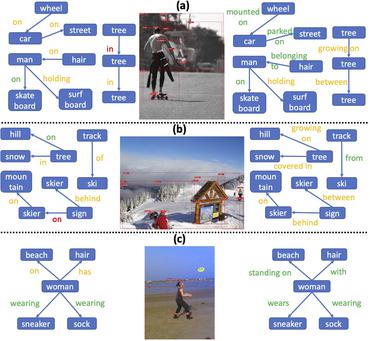Search Results for author: Sayak Nag
Found 5 papers, 3 papers with code
Active Learning Guided Federated Online Adaptation: Applications in Medical Image Segmentation
no code implementations • 8 Dec 2023 • Md Shazid Islam, Sayak Nag, Arindam Dutta, Miraj Ahmed, Fahim Faisal Niloy, Amit K. Roy-Chowdhury
Motivated by these, we propose a method for medical image segmentation that adapts to each incoming data batch (online adaptation), incorporates physician feedback through active learning, and assimilates knowledge across facilities in a federated setup.
Unbiased Scene Graph Generation in Videos
1 code implementation • CVPR 2023 • Sayak Nag, Kyle Min, Subarna Tripathi, Amit K. Roy Chowdhury
The task of dynamic scene graph generation (SGG) from videos is complicated and challenging due to the inherent dynamics of a scene, temporal fluctuation of model predictions, and the long-tailed distribution of the visual relationships in addition to the already existing challenges in image-based SGG.
Reconstruction guided Meta-learning for Few Shot Open Set Recognition
no code implementations • 31 Jul 2021 • Sayak Nag, Dripta S. Raychaudhuri, Sujoy Paul, Amit K. Roy-Chowdhury
However, it is a critical task in many applications like environmental monitoring, where the number of labeled examples for each class is limited.
Diversifying Support Vector Machines for Boosting using Kernel Perturbation: Applications to Class Imbalance and Small Disjuncts
1 code implementation • 22 Dec 2017 • Shounak Datta, Sayak Nag, Sankha Subhra Mullick, Swagatam Das
The diversification (generating slightly varying separating discriminators) of Support Vector Machines (SVMs) for boosting has proven to be a challenge due to the strong learning nature of SVMs.
Boosting with Lexicographic Programming: Addressing Class Imbalance without Cost Tuning
1 code implementation • 31 Aug 2017 • Shounak Datta, Sayak Nag, Swagatam Das
We then demonstrate how this insight can be used to attain a good compromise between the rare and abundant classes without having to resort to cost set tuning, which has long been the norm for imbalanced classification.




